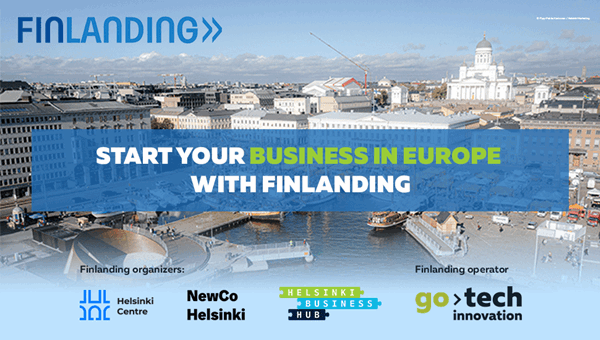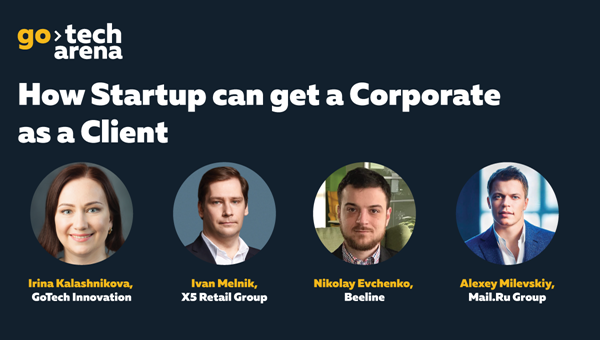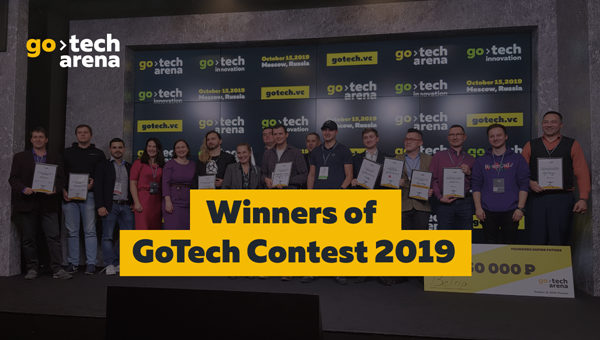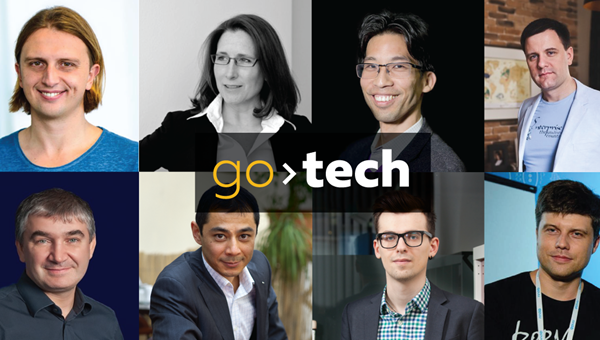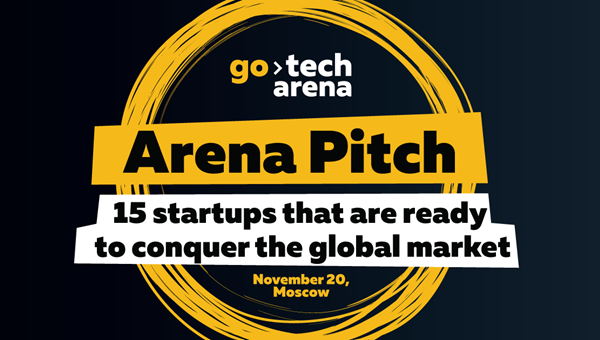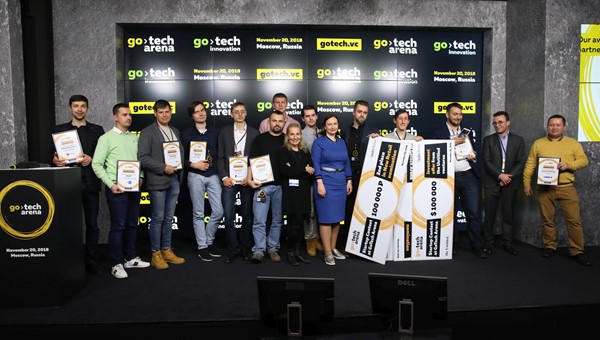8/23/2018
Flexible production of the future in search of startups of the present
The British company Tra robotics plans to open the first factory of flexible production of electric trucks. At the same time, the project team is looking for startups that will help in the production process to reduce the time costs for cars to enter the market. Tra robotics CEO Rodion Shishkov talks about the ideology of the factory of the future and solutions for managing robots in flexible production.

Your solutions target the manufacturing industry. Can you characterize its current state and determine its place in it?
Industrial production today is still the Henry Ford’s conveyor where in some cases people were replaced by robots, but the essence of the phenomenon remained the same. The production process looks like this: first, the design is formed, then completely apart from this, infrastructure planning takes place, which will transform this design into a product, then this infrastructure is built and only after that production begins.
If we take the automobile industry, which is closest to us at the moment, today the cycle of car production is 5-6 years, of which the first year is devoted to design, and the rest of the time is devoted to infrastructure planning and its organization. The infrastructure itself is specific to a particular product, which significantly increases its cost.
What we do is the production of robotic technologies. Their main feature is to allow the robot to constantly receive new tasks and successfully cope with them. It participates in various production processes but does not perform the same operation loaded into it. But this also has limited meaning if the product design does not initially take into account the capabilities of the robot.
On the one hand, we are engaged in robot control technology and the planning of robotic operations. On the other hand, the technologies of providing feedback to designers so that they can understand in the process of work whether their developments are suitable for real production. For example, the designer draws a nut and immediately understands how it can be produced, how much it will cost and what properties it will have. This is the first step to ensure that products are initially designed ready for robotics.
We want to achieve a reduction in time it takes a product to enter the market. Probably you notice that when buying a new car that has just entered the market a person gets a car with digital solutions developed 5 years ago. This is a property of the modern production process that needs fundamental changes.
You talk a lot about the automotive industry. Is this the main market for you?
Automotive is the largest market for us. Why is it very robotic? Because, on the one hand, cars are a mass product, and, on the other, they are “tolerant” to long update cycles. Roughly speaking, today it is difficult to imagine that a person would wear the same dress or shirt for 7 years in a row, but no one seems surprised that he will drive a car for the same amount of time.
The specifics of the production process and the robotic technology have led to the fact that the main consumer of our solution is the auto industry. But, if the restriction on Time to market is lifted (and we believe that this will happen in the future 3-5 years), then robots will come to other industries, for example, the production of clothing or food.
Ultimately, we will reach the stage of development when the product can be produced immediately after the completion of its design work.
How then will the type of production change? What will it be? Ford conveyor will disappear?
If today production is a line with specific operations, then with universal robots it will look different. The main principle will be modularity. A robot cell will be placed at the plant, between which the created products will move. Linearity in such an architecture will disappear. It is possible to draw parallels with how the data centers are arranged - depending on what task is being solved and how the infrastructure is loaded, it is chosen on which server particular calculations will be performed.
Are there any successful examples of the implementation of your systems?
We are building our first factory and by the end of this year the production of Arrival electric 4-ton trucks will begin on it.
For the production process we are currently buying robots. By the way, industrial robots themselves are perfect devices from a mechanical point of view, which can move along specified paths with very high accuracy and speed. But there is a restriction that no one has particularly struggled with. It is not related to how well robots can move from one point to another, but to the fact that each transition from point to point is a separate program that is somewhere created and loaded. Since the current robots were programmed once and for many years, it didn't really bother anyone. Thus, the problem of today's robots is not their mechanics, but a control system that would allow them to be reprogrammed in real time.
Are you involved in the truck design process?
It is impossible to create a design completely separate from us in this situation since we need it to be compatible with the infrastructure, which so far is far from universal. Yes, the design is not done by us, but every day we participate in it at the level of each component and each assembly operation.
Why did you choose the VAN segment and not the release of, for example, passenger cars?
This is the only growing segment in today's automotive market. A new generation of people does not buy cars for personal use. As for VAN, growth is primarily due to online trading.
Are electric trucks a look into the future, or is it just that their release fits your technology more?
We believe that electric transport is our future. Therefore, we focus on new market players. For them, what we do is completely natural and goes well with what they do. At the same time classic players, such as Volkswagen, BMW or Mercedes-Benz, make our decision more difficult because for their numerous factories and hundreds of thousands of employees it implies revolutionary changes.
Our task is to make the exit to the market fast and cheap. And for new players this is a pretty understandable proposition. We are interested in those who are willing to work with us to design their products.
Is there any production limit for your solution?
Ultimately the volume should not limit us, at the same time the production of products of a completely different design can be executed. Also, our architecture should allow it. Now we are working with a partner who will support our development with its volumes. When we bring our product to the market, we will make it available to customers with a significantly smaller volume of batches of products.
What do you strive for in the end? What will be the factory of the future?
The creator of the product will only keep the design sphere, while the product itself will be produced by a network of distributed robotized factories where it is needed and when it is needed.
The very idea of a production factory will change - it will be perceived as a service, and not as some kind of industrial building. The factory of the future is cloud production.
For the second year on the GoTech Contest you are looking for startups relevant to your technology. Can you name which particular solutions you are interested in?
In the competition, we are looking for more likely not a solution but talents. It is important for us to meet people who think interestingly and are capable of doing something with their own hands. We are not trying to limit the participants to narrow limits.
Our approach is this: there is a factory of flexible production, capable of releasing anything. Bring any technologies that you consider relevant and we will try to understand how interesting it is for us to work
For example, last year from 15 finalists we selected 2 projects that had a literal application to our system. The first project is an adaptive gripper, and the second is a location identification system for mobile robots.
The second project at the time of the final competition was a finished one so we have already implemented it. As for the gripping device - it required an additional study and we took the investment into the project and now we are testing a prototype.
The industry of robotics is quite young, it has a lot of space for new technological solutions. We can say that in this industry there is more to be done than what is already done. This is what attracts us.
Learn more about the Robotics & AI nomination at GoTech >>




